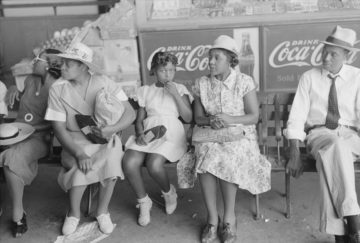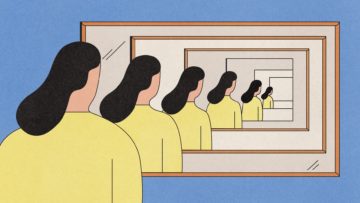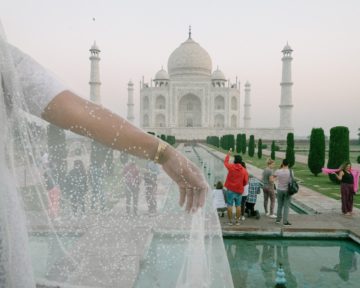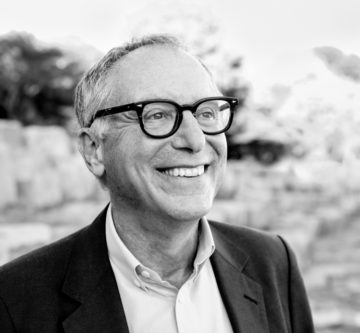Isaac Chotiner in The New Yorker:
 Thirty years ago, Imran Khan led the Pakistani national team to victory at the Cricket World Cup, cementing his place as one of the greatest athletes in the history of the sport, and as a hero in his country. He retired at the age of thirty-nine. Four years later, in 1996, he founded a political party called Pakistan Tehreek-e-Insaf (P.T.I.), and he began speaking out more on political and cultural issues. In 2013, his party started winning significant power, thanks largely to Khan’s popularity. Then, in 2018, in an election marred by polling irregularities, and with the support of Pakistan’s military, which wields de-facto control of the country, Khan was elected—or “selected,” as his opponents say—Prime Minister.
Thirty years ago, Imran Khan led the Pakistani national team to victory at the Cricket World Cup, cementing his place as one of the greatest athletes in the history of the sport, and as a hero in his country. He retired at the age of thirty-nine. Four years later, in 1996, he founded a political party called Pakistan Tehreek-e-Insaf (P.T.I.), and he began speaking out more on political and cultural issues. In 2013, his party started winning significant power, thanks largely to Khan’s popularity. Then, in 2018, in an election marred by polling irregularities, and with the support of Pakistan’s military, which wields de-facto control of the country, Khan was elected—or “selected,” as his opponents say—Prime Minister.
It was the culmination of a remarkable rise, but one fraught with irony: Khan had been an outspoken opponent of the American war on terror, and Pakistan’s two-faced role in fighting it, while at the same time accepting the help of Pakistan’s military, America’s partner in that war. (Pakistan’s military also helped bring the Taliban to power in Afghanistan, in the nineteen-nineties, and has nurtured it to varying degrees ever since.) Khan leads a party that is increasingly socially conservative, but he is famous internationally for what some have called his “playboy life style”: multiple marriages, claims of children out of wedlock. (The term “playboy life style” itself has a euphemistic feel, given Khan’s long history of misogynistic remarks, such as blaming sexual assault on what women wear.) Khan has also consistently made broadly sympathetic comments about the Taliban. (In 2012, for a Profile in The New Yorker, Khan told Steve Coll, “I never thought the Taliban was a threat to Pakistan”; by that time, various factions of the Taliban and their allies had murdered more than forty thousand Pakistanis.)
More here.

 If we don’t know how to distinguish bad thinking from good, we can end up believing what we shouldn’t, and behaving in ways that are harmful to ourselves, to others, and to the planet.
If we don’t know how to distinguish bad thinking from good, we can end up believing what we shouldn’t, and behaving in ways that are harmful to ourselves, to others, and to the planet. In 1852, the Third Avenue Railroad Company was founded. It ran between City Hall and 62nd Street in Manhattan. Its horse-drawn streetcars quickly became the primary mode of transportation in the city. A small number of the cars carried placards indicating that they accepted African American passengers. Additional cars occasionally allowed Black passengers at the discretion of the operator, and with the approval of the white passengers.
In 1852, the Third Avenue Railroad Company was founded. It ran between City Hall and 62nd Street in Manhattan. Its horse-drawn streetcars quickly became the primary mode of transportation in the city. A small number of the cars carried placards indicating that they accepted African American passengers. Additional cars occasionally allowed Black passengers at the discretion of the operator, and with the approval of the white passengers. The new class of obesity drugs — referred to as “GLP-1-based,” since they contain synthetic versions of the human hormone glucagon-like peptide-1 — are considered the most powerful ever marketed for weight loss. Since the US Food and Drug Administration
The new class of obesity drugs — referred to as “GLP-1-based,” since they contain synthetic versions of the human hormone glucagon-like peptide-1 — are considered the most powerful ever marketed for weight loss. Since the US Food and Drug Administration  Two hundred million years ago, long before we walked the Earth, it was a world of cold-blooded creatures and dull color — a kind of terrestrial sea of brown and green. There were plants, but their reproduction was a tenuous game of chance — they released their pollen into the wind, into the water, against the staggering improbability that it might reach another member of their species. No algorithm, no swipe — just chance.
Two hundred million years ago, long before we walked the Earth, it was a world of cold-blooded creatures and dull color — a kind of terrestrial sea of brown and green. There were plants, but their reproduction was a tenuous game of chance — they released their pollen into the wind, into the water, against the staggering improbability that it might reach another member of their species. No algorithm, no swipe — just chance. Some of NSO’s human targets had already been beaten or tortured in, for example, Morocco (for oppositional activity or revealing property deals involving the royal family), where five thousand phones were invaded. In Mexico, where over 150 journalists (including those investigating drug cartels) have been murdered by both cartels and the police since 2000, fifteen thousand phone numbers were on NSO’s list. Among NSO’s targets in Mexico, alongside lawyers and journalists, were the driver, the cardiologist and the wife of the politician Andrés Manuel López Obrador (who was elected president in 2018), along with three of his children.
Some of NSO’s human targets had already been beaten or tortured in, for example, Morocco (for oppositional activity or revealing property deals involving the royal family), where five thousand phones were invaded. In Mexico, where over 150 journalists (including those investigating drug cartels) have been murdered by both cartels and the police since 2000, fifteen thousand phone numbers were on NSO’s list. Among NSO’s targets in Mexico, alongside lawyers and journalists, were the driver, the cardiologist and the wife of the politician Andrés Manuel López Obrador (who was elected president in 2018), along with three of his children. A curious passage in Salammbô, Gustave Flaubert’s 1862 Orientalist phantasmagoria, describes a mostly forgotten practice of the ancient Carthaginians:
A curious passage in Salammbô, Gustave Flaubert’s 1862 Orientalist phantasmagoria, describes a mostly forgotten practice of the ancient Carthaginians: Caitlin Zaloom (CZ): Your book presents a counterintuitive perspective: that emotions live between people, not only inside them. How did you come to see emotions as fundamentally social?
Caitlin Zaloom (CZ): Your book presents a counterintuitive perspective: that emotions live between people, not only inside them. How did you come to see emotions as fundamentally social? The trouble with
The trouble with  But what, exactly, is mourning, and how does doing it well contribute to a fully human life? These are good questions, addressed too rarely. In
But what, exactly, is mourning, and how does doing it well contribute to a fully human life? These are good questions, addressed too rarely. In  Colossal Biosciences, the headline-grabbing, venture-capital-funded juggernaut of de-extinction science, announced plans on January 31 to bring back the dodo. Whether “bringing back” a semblance of the extinct flightless bird is feasible is a matter of debate.
Colossal Biosciences, the headline-grabbing, venture-capital-funded juggernaut of de-extinction science, announced plans on January 31 to bring back the dodo. Whether “bringing back” a semblance of the extinct flightless bird is feasible is a matter of debate. Israel has
Israel has  Prompted in large part by the dissolution of his engagement to
Prompted in large part by the dissolution of his engagement to  Higher education in the United States is a speculative endeavor. It offers a means of inching toward something that does not quite exist but that we very badly want to realize—enlightenment, higher wages, national security. For individuals, it provides the lure of upward mobility, an illusion of escape from the lowest rungs of the labor market. For the federal government, it has charted a kind of statecraft, outlining its core commitments to military strength and economic growth, all the while absolving the state of the responsibility for ensuring that all its subjects have dignified means to live. We are told the path to decent wages and social respect must route through college.
Higher education in the United States is a speculative endeavor. It offers a means of inching toward something that does not quite exist but that we very badly want to realize—enlightenment, higher wages, national security. For individuals, it provides the lure of upward mobility, an illusion of escape from the lowest rungs of the labor market. For the federal government, it has charted a kind of statecraft, outlining its core commitments to military strength and economic growth, all the while absolving the state of the responsibility for ensuring that all its subjects have dignified means to live. We are told the path to decent wages and social respect must route through college. In her poignant essay “
In her poignant essay “